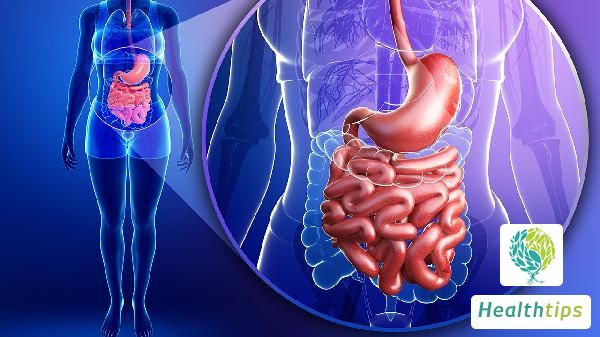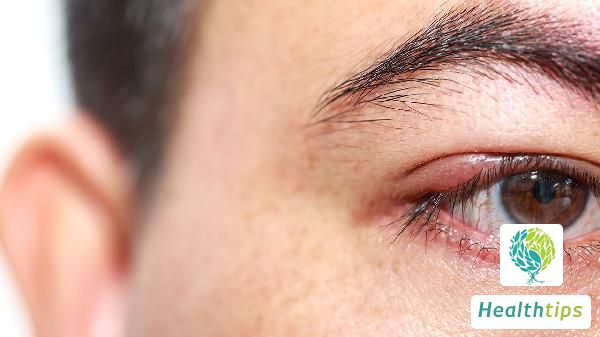Is the Jini Ring the Most Difficult to Remove?
The intrauterine device (IUD) is a common method of contraception. It is not permanent and needs to be removed after a certain period of time. Additionally, it is also necessary to remove the IUD during menopause. Clinically, the most difficult IUD to remove is not necessarily the Jini ring. Regardless of the material or shape of the IUD, there may be situations where it is difficult to remove. This is mainly due to the embedding of the IUD in daily life, making it relatively difficult to remove. Once embedding occurs, it may require the use of a hysteroscope to remove the IUD. Therefore, the most difficult IUD to remove clinically is not necessarily the Jini ring.

Severe systemic diseases such as heart failure, severe anemia, hemorrhagic disorders, and acute stages of various diseases. Inflammation and infections of the reproductive organs, such as vaginitis, severe cervical erosion, acute and chronic pelvic inflammatory disease, etc. Frequent or excessive menstrual bleeding and irregular bleeding. Excessively loose cervix, severe old cervical lacerations, and severe uterine prolapse.
Its interference with sperm and egg binding disappears, and the endometrium returns to normal. Studies have confirmed that 75% of women can become pregnant within 6 months after removal of the IUD, and 90% of women can become pregnant within 1 year. Moreover, there is no impact on fetal development after becoming pregnant after IUD removal. However, to allow the endometrium to heal well, it is recommended to use other methods of contraception for 1 to 3 months before attempting pregnancy.



















